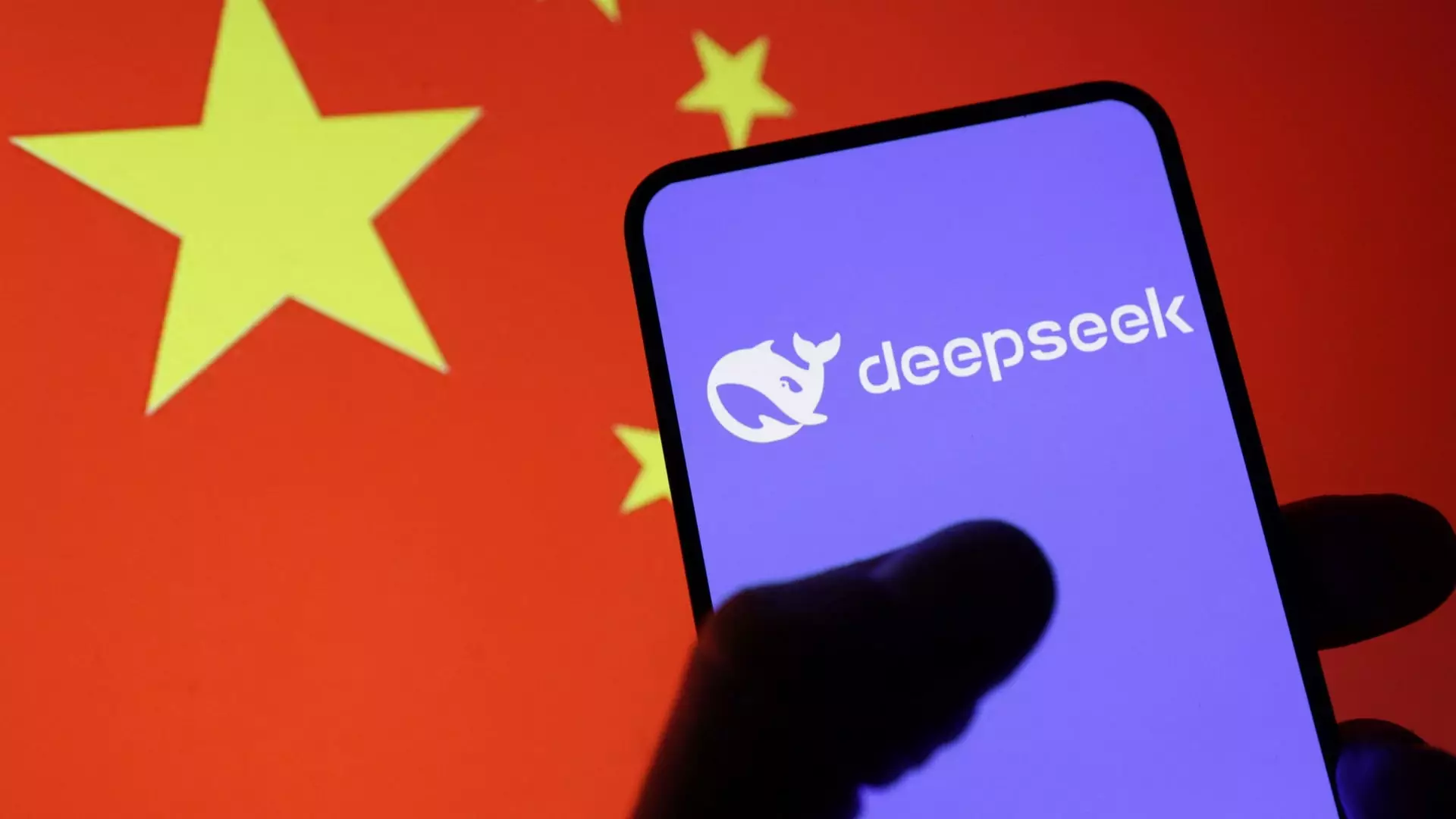In the past week, a singular force emerged from the shadows of obscurity to become the talk of the tech world: China’s DeepSeek. This artificial intelligence model has garnered attention not only for its technological prowess but also for its cost-effectiveness compared to its American counterparts. Major tech leaders, including Microsoft’s Satya Nadella, OpenAI’s Sam Altman, Apple’s Tim Cook, and Palantir’s Alex Karp, have each weighed in on the implications of this development. Their reactions illustrate a complex interplay of awe, competition, and an urgency to respond to this new player in the AI arena.
DeepSeek’s rise coincided with an interesting time in the tech industry. The company’s R1 model reportedly was developed at an astonishingly low cost of just $6 million—alked about in stark contrast to the hundreds of millions invested by major U.S. corporations in similar technologies. This has raised eyebrows and fears among American tech giants, as evidenced by the steep decline in stock prices for chipmakers Nvidia and Broadcom—a staggering $800 billion loss in market capitalization was observed shortly after DeepSeek launched its mobile app. Industry analysts point out that the landscape is shifting, as a startup could potentially challenge established players simply through efficient resource allocation and strategic innovation.
Nadella noted that trends in AI signal a departure from traditional computation cycles. But the rollout of DeepSeek has definitely accelerated discussions about competitiveness. The stark juxtaposition of a new player emerging with such financial efficiency is leading many to reassess their strategies and investment trajectories.
It is crucial to understand that innovation is not a solitary endeavor. As Karp emphasized, “an all-country effort” is necessary to safeguard this transformative technology and harness its potential responsibly. In a globalized world, collaboration can outweigh competition; the stakes in AI development are enormous, and collaboration among nations, companies, and researchers may serve as a bulwark against challenges posed by rapid technological advancements.
CeOS, particularly from U.S. companies, have openly acknowledged the need for collaboration to keep pace with emerging global competitors like China. For instance, during a recent earnings call, Tim Cook underscored the positive impact that innovation has on operational efficiency, which is at the heart of Apple’s competitive edge. Cook’s stance is not merely about claiming superiority but also about recognizing opportunities that arise from robust competition, meaning that a wake-up call from DeepSeek could spur incremental improvements across the board.
While many U.S. tech giants have voiced their concerns about DeepSeek’s swift rise, there is also a prevailing tone of cautious optimism. Mark Zuckerberg of Meta underscored a measured approach to interpreting DeepSeek’s implications, stating that it’s “too early to really have a strong opinion” regarding its long-term effects. This sentiment resonates within the tech community; historically, advancements often come in waves, and DeepSeek may well represent just the genesis of a larger transformative journey rather than an endpoint.
Investments in AI development are still expected to continue escalating. Zuckerberg announced that Meta plans to invest around $65 billion to ramp up its AI infrastructure by 2025, emphasizing that the landscape is nuanced and multifaceted. Therefore, leaders are actively assessing how to position their businesses strategically without allowing panic to dictate their strategies.
The emergence of DeepSeek offers a fascinating case for examining how companies view AI’s role and potential. Altman, who leads OpenAI—one of DeepSeek’s most significant rivals—hailed the R1 model as “clearly a great model.” His comments align with the broader view in the tech world that the landscape is evolving, requiring sustained innovation and adaptation. Experts find limited room for complacency as race towards advanced, accessible AI solutions accelerates.
LinkedIn co-founder Reid Hoffman echoed this sentiment, viewing this moment not as a cause for alarm but rather as an invitation to engage more actively in competitive practices. The time for American technology firms to be reactive has passed; the mandate now is proactive engagement to foster innovation and efficiency.
The launch of DeepSeek serves as both an inspiration and cautionary tale for the tech industry. While it models the power of cost-effective innovation, it simultaneously spurs urgency among competitors to rethink and bolster their own strategies. With significant investments and a focus on collaboration, U.S. tech companies must rise to the occasion, ensuring that they remain at the forefront of AI development. The future of tech is collaborative, competitive, and ultimately about maintaining the delicate balance between progress and responsibility.

